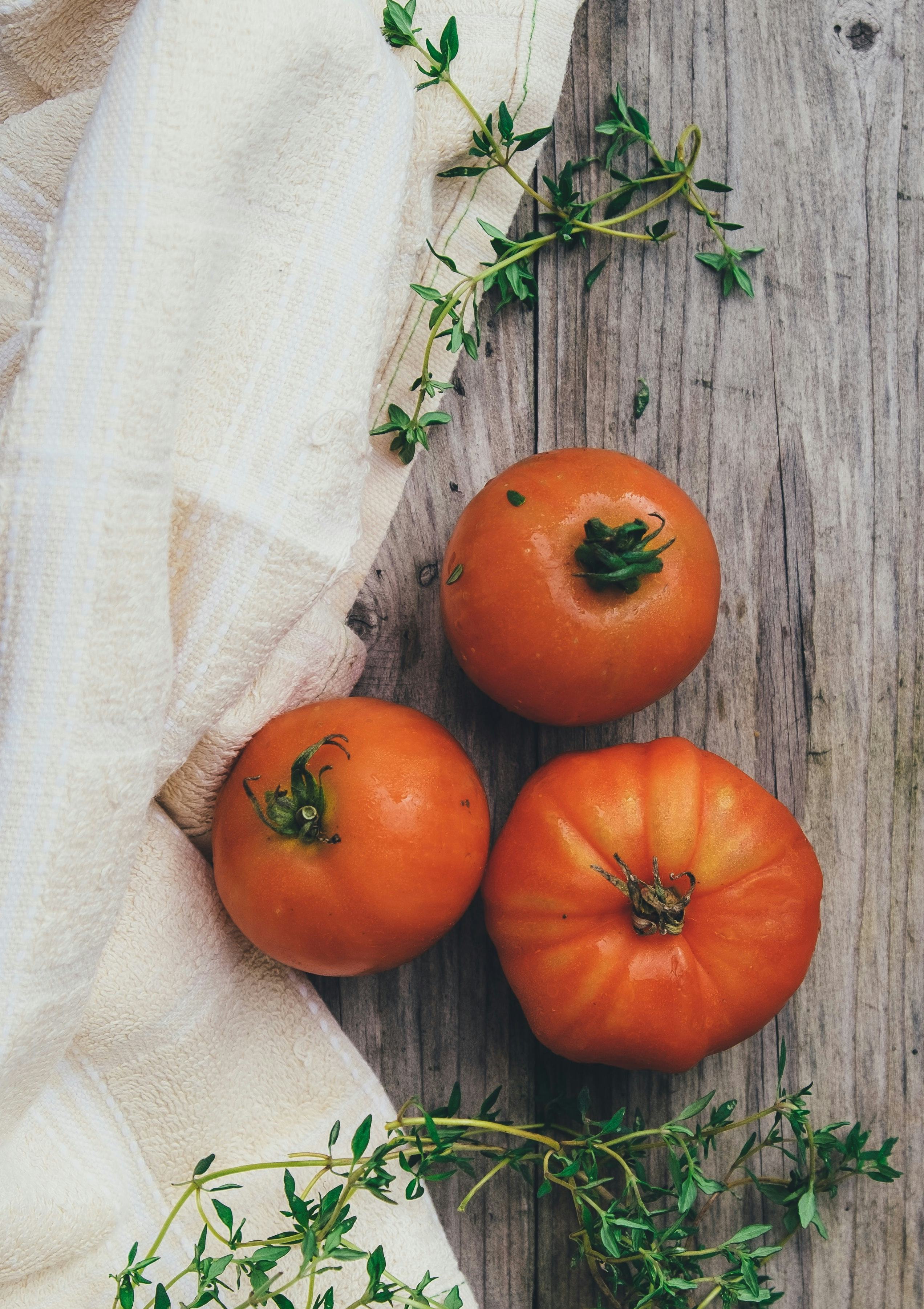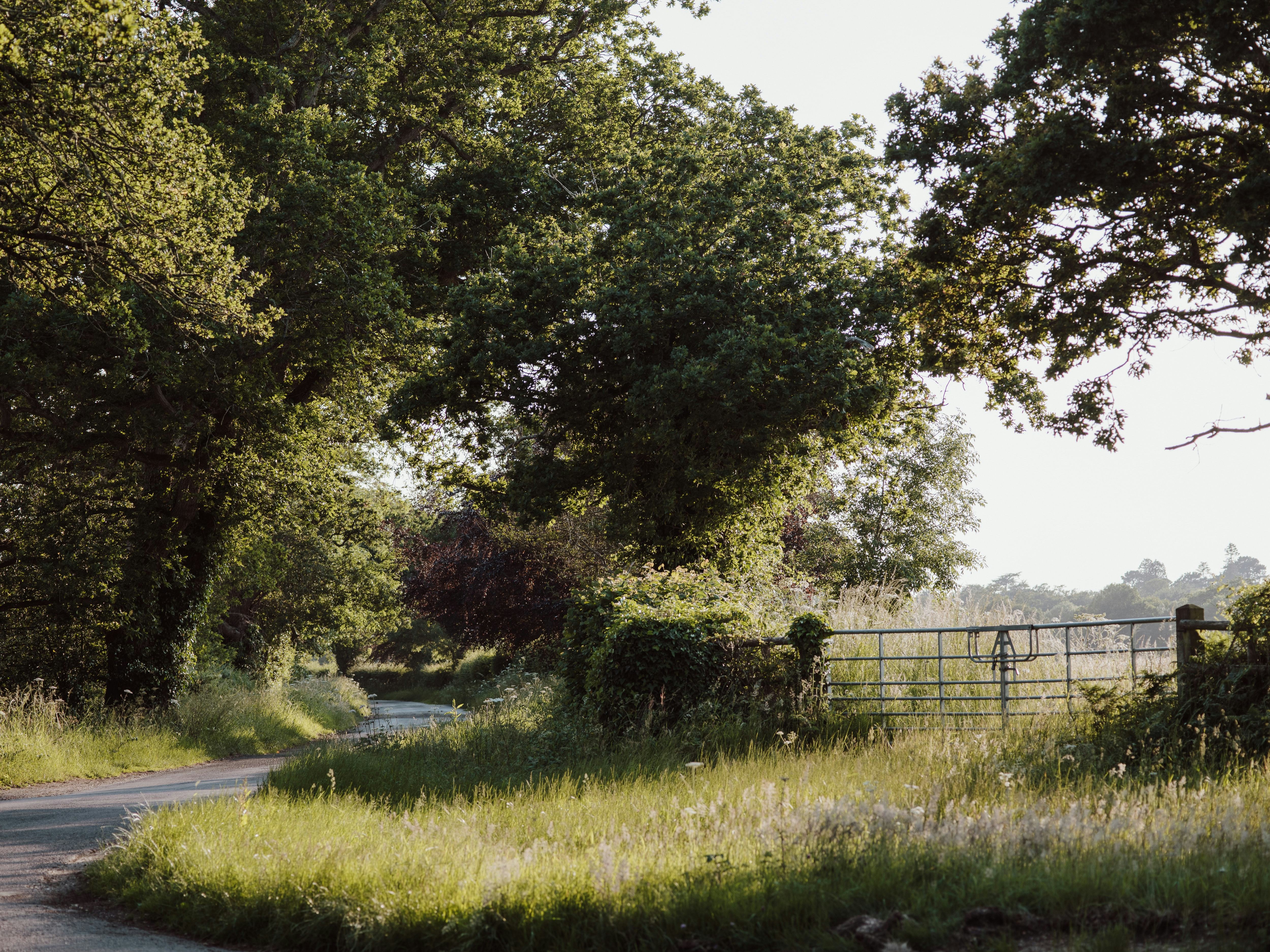I watched from my window as my father-in-law pulled up in front of our house with the trailer hitched to the back of his truck. He got out and lowered the metal ramps at the back of the trailer down to the ground and undid the straps that had held the wrecked car in place on the trailer from Ohio home to Connecticut. He backed the car down the ramp, parked it on the side of the road in front of our house, climbed back into his pick-up, and drove away.
I wanted to be brave, but I was sick to my stomach. I stood at the window and stared for a moment at the small red sports car, which just a couple months ago was my son Tim’s pride and joy. Now it would sit on the road, smashed driver’s side front quarter panel from where he had hit the guardrail when he fell asleep at the wheel six hundred miles from home. A long horizontal dent made its way to the fuel door. I looked at it only long enough to take in the sight and remind myself why it was there. Then I turned away from the window and went off to fold laundry or something.
I knew the car would be parked there for a long time. That’s usually what happens around here. It takes a while for us to tend to things. I didn’t know when my husband would get around to it. I didn’t know what the car’s fate would be. Of course, that was secondary. I was thankful–thankful beyond words–that our son had not been hurt in the accident and he didn’t hurt anyone else. The car had veered into the guardrail and that stopped it. No more damage. My son walked away from the accident unharmed.
Of course, I was thankful he was all right. But how could I look out every day at his smashed car and not get sick to my stomach? Why should I have to do that? It wasn’t fair. Couldn’t they just move it so I wouldn’t have to look at it anymore? So I wouldn’t have to relive the whole ordeal every day?
But I knew the car would sit there for a while, probably months. And really, in the grand scheme of things, we had more important things to attend to than a ton of metal on the road. We had to make sure our son was all right. Not just physically safe, but mentally safe as well. I would just have to turn a blind eye to the car while we tended to him.
A few years ago I read a book that grew out of a dare. One woman dared another to make a list of a thousand things she was thankful for. The woman not only met the dare, she kept going and wrote a bestselling book about her mind shift to gratitude. After reading the book, I decided to start my own gratitude journal. It was at a point in my life where the big bad things hadn’t happened yet. (Oh, unless you count the house fire. But that was years previous, and, well, that was different because it was something that happened to us. It wasn’t the result of bad choices.)
I think life had just become a little dull. Having heard in church we should be grateful in all circumstances, I guess I was striving to attain that attitude of gratitude and take back some of the luster of life.
Then one day I made myself take a long, hard look at the broken car. I wanted to learn to be grateful for that big, crunched, ugly, scary hunk of metal staring me in the face. If I could learn to not just not look away in fear and not to simply tolerate its presence in my line of sight for the next who-knows-how-long, if I could actually learn to love that ugly piece of garbage, I could breathe again. I had to learn to be grateful for it.
Oh please! Seriously? Be grateful for a tragedy, an insurance claim, a near-fatal accident for my young adult child? Yes, if I could do that, I could once again put one foot in front of the other with confidence.
It’s true that when you change the way you look at things, the things you look at change. When I started the list several years ago, the tendency was to dash things out in big chunks. I am thankful for my family. I am thankful for a warm house. I am thankful for food, etc. But I quickly realized that if I had any hope of making it past five items on my list, I was going to have to get more specific. I lifted my head and glanced around. What could I list? I rolled the pen between my fingers as I looked right and left. I squirmed in my chair a little, readjusting my feet under me. How did that woman manage to make a list of a thousand things when I can’t find five?
I sat perfectly still and thought. My first item was a broad idea, but I had to start somewhere. Number One: sharing life with friends. Then I remembered my writer’s strategy–use your senses. What did I hear? Number Two: the sound of writing on paper. I didn’t hear much else, but that was pleasant, too. Number Three: the quiet of the morning.
Once I got going practicing gratitude, it was easier to notice the little things that I was taking for granted and to list them by name. It was almost a matter of taking inventory of the things around me. I found I was thankful for the groundhog eating wildflowers in the backyard, a cool breeze after weeks of humidity, a quiet rain. These are things I encountered every day, but I never thought to give thanks for them. What happened when I did that was I found more things I enjoyed. In fact, I often found myself running to my office to write them in my notebook so I wouldn’t forget them.
As with so many of my bright ideas, the light dimmed on my gratitude journal and my time there got crowded out as life got busy with bigger concerns. The journal sat on my shelf, and the car sat on the road.
As it sat, I processed what had led up to this point. I recalled how Tim had packed his things at home in Connecticut with the intention of driving to Colorado. He drove too long without stopping to rest and sometime around three in the morning in Ohio, fell asleep at the wheel. The car veered into a guardrail. The police found Tim asleep in his car in the morning. They were very kind. They checked on him and drove him to a store to buy a new tire. A stranger at the store gave Tim a few dollars. He changed the tire and managed to creep to a safe place, but it was not safe to drive it further than that. My husband and father-in-law drove out to Ohio to load the car onto the trailer and transport it home.
Although there were a number of things that preceded the accident, it stands out in my mind as some sort of milestone, if you could call it that. Not exactly a turning point. I’m not sure that things changed so much after it happened. I’ve tried to keep track of everything, but sometimes the details go fuzzy on me and the sequence of events gets confusing. But when I look at the car, I remember what happened and I have a visceral reaction to that hunk of metal because of the memories associated with it. Most of those memories are negative: Fear, anxiety, frustration.
I needed to learn to be grateful for something I couldn’t even stomach at first. I took another good, hard look at it and pleaded Help me to be grateful for this. Do you know what happens when you ask? Well, you don’t always receive so quickly, but you do receive! I had averted my eyes from the car for months. When I finally asked for help in being grateful for it, it was like a dark cloud lifted. Yes, the car looked terrible. Yes, it was undriveable. Yes, this was a horrible, scary thing that happened. BUT Tim’s life was spared! I had realized that when it first happened, but the reality of it hadn’t fully seeped into every cell of my being. I had said a quick “Thanks” and gotten on with things. This time it really hit me: He walked away from that accident without a scratch on him. What?! How is that even possible? I know, right?! But it’s true.
How did I miss it? How did I look at this broken-down vehicle for so long and not see it as a reminder of grace and mercy? If things had turned out differently and my son was not able to walk away that day, the car would have been the last thing on my mind, and when it finally came time to deal with it, I would probably deem it as a monster. But that’s not what happened. I had a choice to make. I could either feel a pit in my stomach every time I looked at it, or I could be grateful. I had tried the first way. I decided to choose gratitude. I dusted off my gratitude journal. Number 248: Tim was not hurt in the car accident. Number 249: Mom telling me she was praying for Tim and she didn’t even know why. Number 250: No one else was in the accident. Number 251: The car is crunched. Maybe he’ll stop running.
When they receive a blessing, some people pile stones, one on top of the other on a cairn. When they look at the cairn, they remember the blessing. Some people use one stone, as in a monument or an ebenezer. I made a decision that day that the car would be my ebenezer. From that day forward, every time I looked at the broken car, I would give thanks for the blessing of my son’s life. I was coming around to loving this hunk of junk.
Of course, it couldn’t sit there forever. Deciding what to do with it was not only part of physically tidying up our place, it was also a step in the process of healing what was broken in my son’s life at that point. He had a couple different ideas about what to do. He could sell the parts and junk the rest. When he learned that wasn’t going to be too profitable, he decided to fix it with his own two hands. (With some help, of course.) So, he bought some new used parts and went about repairing it.
I think the process proved therapeutic for Tim, and, in the end, he had a driveable, albeit tri-tone, working vehicle. He even talked about having the three shades of red painted over in a slick midnight blue. That was going to be costly, so he never did it. But I’m kind of glad. If he had the remaining dents popped out and the whole thing painted, the visible scars from that day–indeed from the weeks of turmoil and processing– would be hidden under the paint. They would be invisible. Our memories are intense but short. We need to see the scars to remember the blessings. In the recalling of the blessings, we give thanks. It is only right.
That is how I learned to be grateful for: broken things (#331).
Amy Nicholson finds grace in ordinary places. She writes by a waterfall in northwest Connecticut where she lives with her husband and their three amazing kids, an aloof cat (aren’t they all?), and a black lab who doesn’t know she’s not a human. She has been published in Country Woman, Green Mountain Trading Post, Today’s American Catholic, among other places, and on her website.
Discover more from Amy Nicholson .









